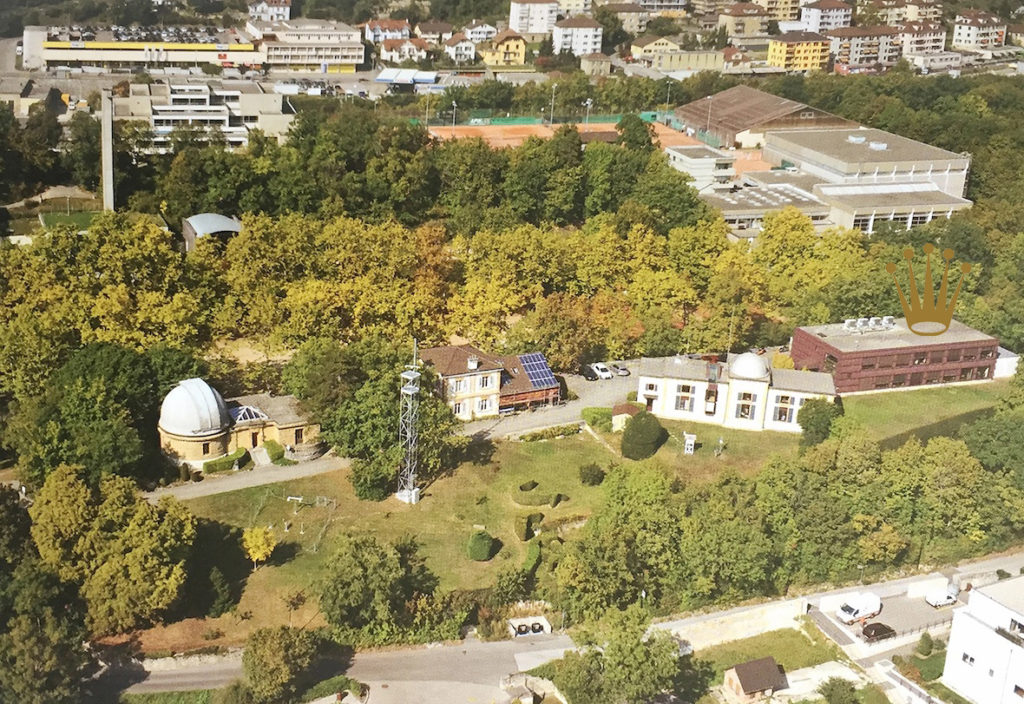
EPFL Valais researcher maps forest migration with AI
9 April 2024
 Forests move gradually yet persistently, responding to changes in land use and rising temperatures. This has resulted in the upward shift of the forest’s upper boundary, or treeline, over recent decades.
Forests move gradually yet persistently, responding to changes in land use and rising temperatures. This has resulted in the upward shift of the forest’s upper boundary, or treeline, over recent decades.
An EPFL researcher has discovered through AI that forests in the canton of Valais ascend in altitude, driven by climate change and agricultural shifts.
In a study conducted at the EPFL Valais, researcher Thiên-Anh Nguyen has utilized artificial intelligence (AI) to map the migration of forests in Valais towards higher altitudes since 1946, highlighting the impact of climate change and agricultural decline on forest dynamics. This innovative research uses satellite imagery to trace the upward movement of forests, providing a vivid illustration of environmental shifts over nearly eight decades.
Nguyen’s work, rooted in the scenic landscape of the canton of Valais, brings to light the gradual ascent of forests by 50 to 70 meters, a clear indicator of the adjustments in natural habitats responding to the warming climate and changes in land use. Her research marks a significant advancement in understanding how alpine forests adapt and migrate in response to external pressures.
Employing AI to delve into the past, Nguyen crafted a tool that combines the power of machine learning with aerial photographs dating back to 1946. This approach has enabled a comprehensive analysis across the canton, offering insights into forest expansion and migration patterns over time. The challenge lay in training the AI to recognize forest boundaries amidst less precise historical data and the limitations of early black-and-white aerial imagery.
A new horizon in environmental monitoring
After two years of meticulous work and thousands of images later, Nguyen has developed a publicly accessible tool capable of providing detailed, automated mappings of forest elevation changes across Valais, particularly focusing on areas above 1,500 meters. This technology, highlighted for its precision and adaptability, could potentially be applied to forested regions nationwide, promising a new horizon in environmental monitoring and forest management.
Nguyen’s findings not only contribute to the scientific discourse on environmental change, but also serve as a valuable resource for forest management authorities, aiding in the efficient analysis and planning needed to adapt to changing forest landscapes.

